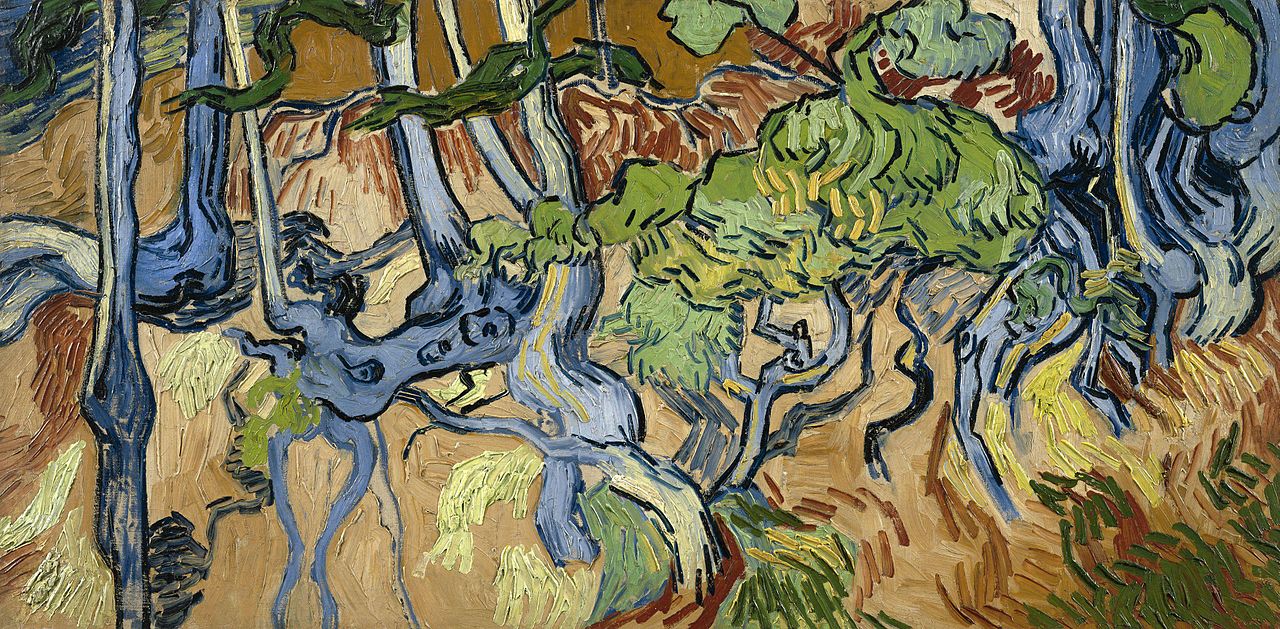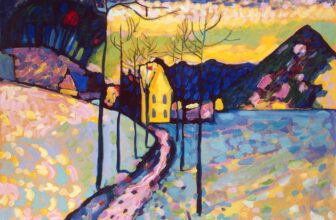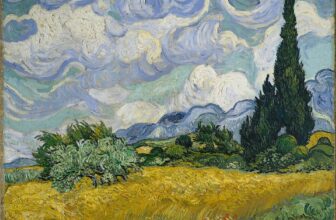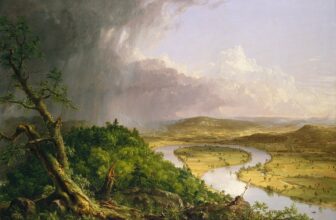
Who Painted Tree Roots
The iconic painting Tree Roots was created by none other than Vincent van Gogh, the Dutch Post-Impressionist artist renowned for his expressive brushwork and vibrant use of color. This painting is significant as it is believed to be the last artwork Van Gogh completed before his tragic death in July 1890. Tree Roots is an unconventional landscape that captures a cluster of exposed tree roots and trunks, executed in his signature swirling, impassioned style. It was painted in Auvers-sur-Oise, France, where Van Gogh spent his final weeks.
What Did Van Gogh Mean by Tree Roots?
The meaning behind Tree Roots has been a subject of debate among art historians and critics. Some view it as an abstract landscape reflecting Van Gogh’s mental state in his final days. The chaotic tangle of roots and trunks may symbolize a struggle, a connection to life, and possibly even entrapment or decay. Others interpret it as an example of Van Gogh’s deep appreciation for nature, where he sought solace amid inner turmoil.
Van Gogh had a profound relationship with nature, and many of his paintings reveal an almost spiritual connection to the earth. The raw energy of Tree Roots suggests a moment of intense, perhaps desperate, artistic expression. Some scholars have even suggested that it is a metaphor for Van Gogh himself, uprooted, exposed, and vulnerable.
What Is the Story Behind Tree Roots?
The story behind Tree Roots adds to its poignancy. It was painted in July 1890, just before Van Gogh’s untimely death. The exact date of the painting’s completion is unknown, but research suggests it was among the final works he created before he tragically shot himself in the chest on July 27, 1890. He succumbed to his injuries two days later.
In 2020, experts identified the exact location depicted in Tree Roots in Auvers-sur-Oise, near the inn where Van Gogh was staying. A photograph from the early 20th century helped pinpoint a sloping embankment covered in tree stumps and roots, which remarkably resembled the painting. This discovery reinforced the idea that Van Gogh painted this work outdoors, in the last daylight hours of his life.
Theo van Gogh, Vincent’s beloved brother, mentioned in letters that Vincent had been painting up to the very end. This has led scholars to believe that Tree Roots was not just another artwork but a deeply personal piece reflecting his state of mind in those fateful days.
Why Did Van Gogh Paint Trees?
Trees played a significant role in Van Gogh’s artistic vision. Throughout his career, he painted them in various forms, olive groves, cypress trees, blossoming orchards, and gnarled trunks. His deep admiration for trees stemmed from his belief that they represented resilience, spirituality, and the cycle of life.
Van Gogh was heavily influenced by Japanese woodblock prints, where trees often served as a central motif representing nature’s power and impermanence. His Almond Blossoms series, painted as a gift for his newborn nephew, symbolizes hope and new beginnings. In contrast, the dark, towering cypress trees in The Starry Night are often interpreted as a bridge between earthly struggles and the eternal.
Tree Roots differs from his other tree paintings in that it doesn’t depict a grand, upright tree but rather a chaotic mass of roots and stumps. This unusual composition may reflect a breaking point, where Van Gogh’s artistic and emotional energy reached its climax.
What Plant Did Van Gogh Paint?
Van Gogh painted a vast array of plants, ranging from sunflowers to wheat fields, almond blossoms to irises. His Sunflowers series remains one of the most famous floral paintings in art history. He also painted Wheatfield with Crows, a powerful depiction of golden wheat fields under a stormy sky, which is often associated with his looming sense of despair.
Among his lesser-known botanical subjects are poppies, roses, and even chestnut trees. His affinity for plants was closely tied to his belief in nature as a source of healing and inspiration. Van Gogh’s stay in the south of France, particularly in Arles and Saint-Rémy, provided him with an abundance of floral and tree-filled landscapes to capture on canvas.
Where Is Tree Roots Van Gogh Today?
Today, Tree Roots is housed at the Van Gogh Museum in Amsterdam, the world’s leading institution dedicated to the artist’s works. The museum holds an extensive collection of his paintings, drawings, and letters, allowing visitors to trace his artistic journey and emotional struggles.
The painting itself remains an enigmatic and emotional piece, standing as a testament to Van Gogh’s final creative moments. While his more famous works, such as Starry Night and Sunflowers, continue to captivate audiences worldwide, Tree Roots offers a raw and deeply personal glimpse into the artist’s last days.
Ultimately, Tree Roots is not just a painting of tree roots; it is a symbol of Vincent van Gogh’s enduring struggle, his love for nature, and his artistic genius. Though his life ended in tragedy, his work continues to inspire and move audiences across the globe, proving that his roots in the art world remain deeply entrenched and everlasting.





